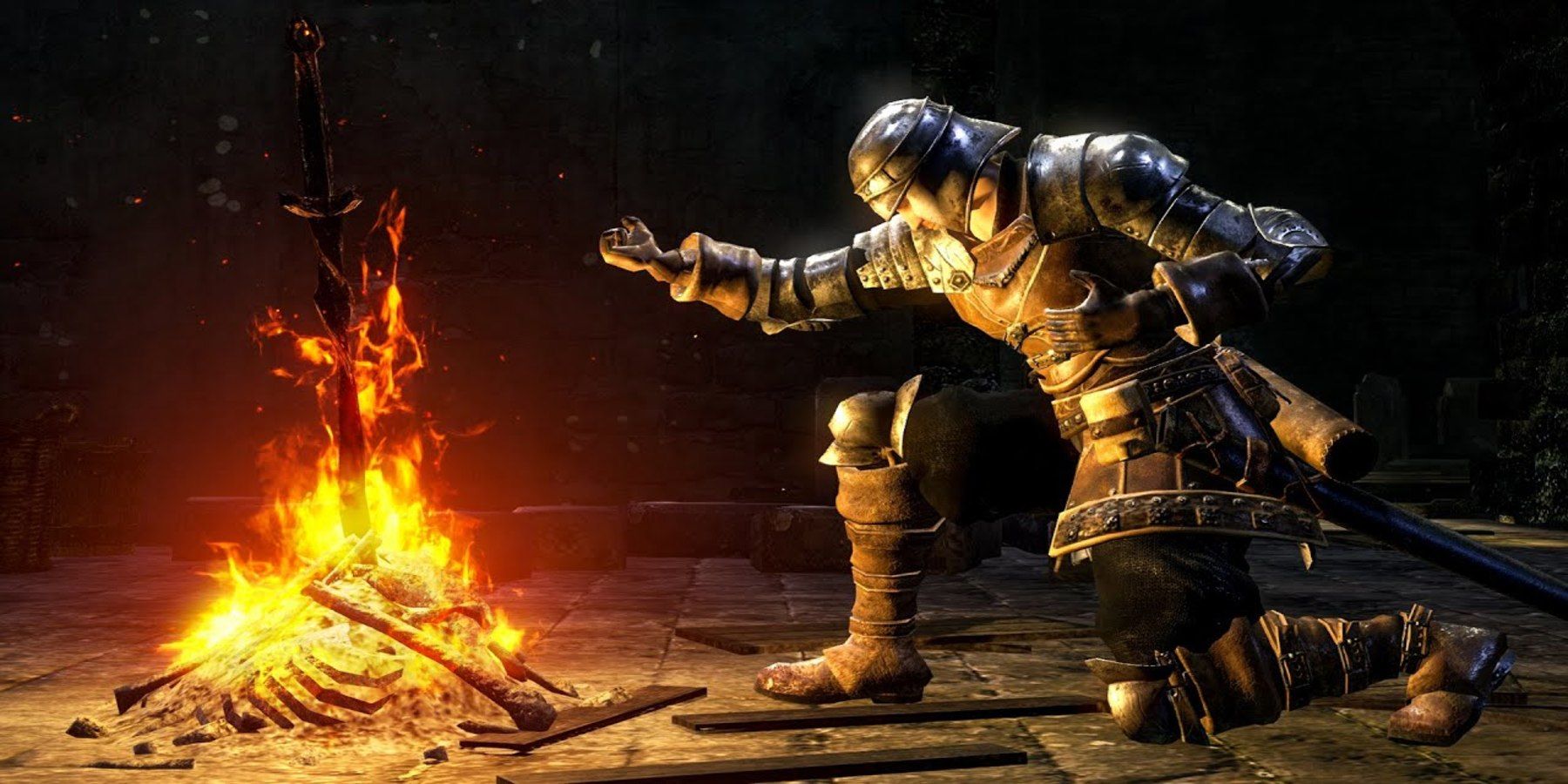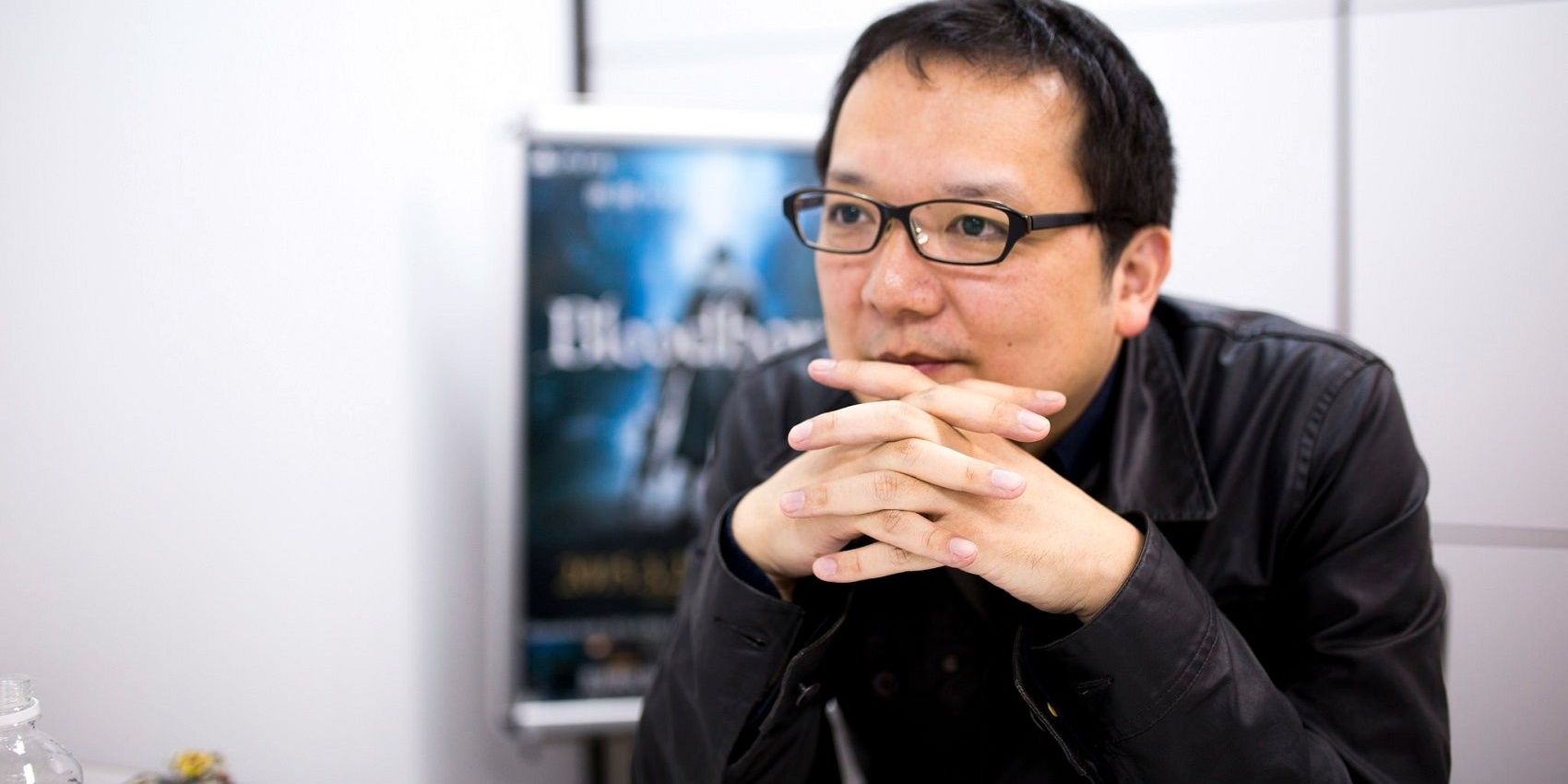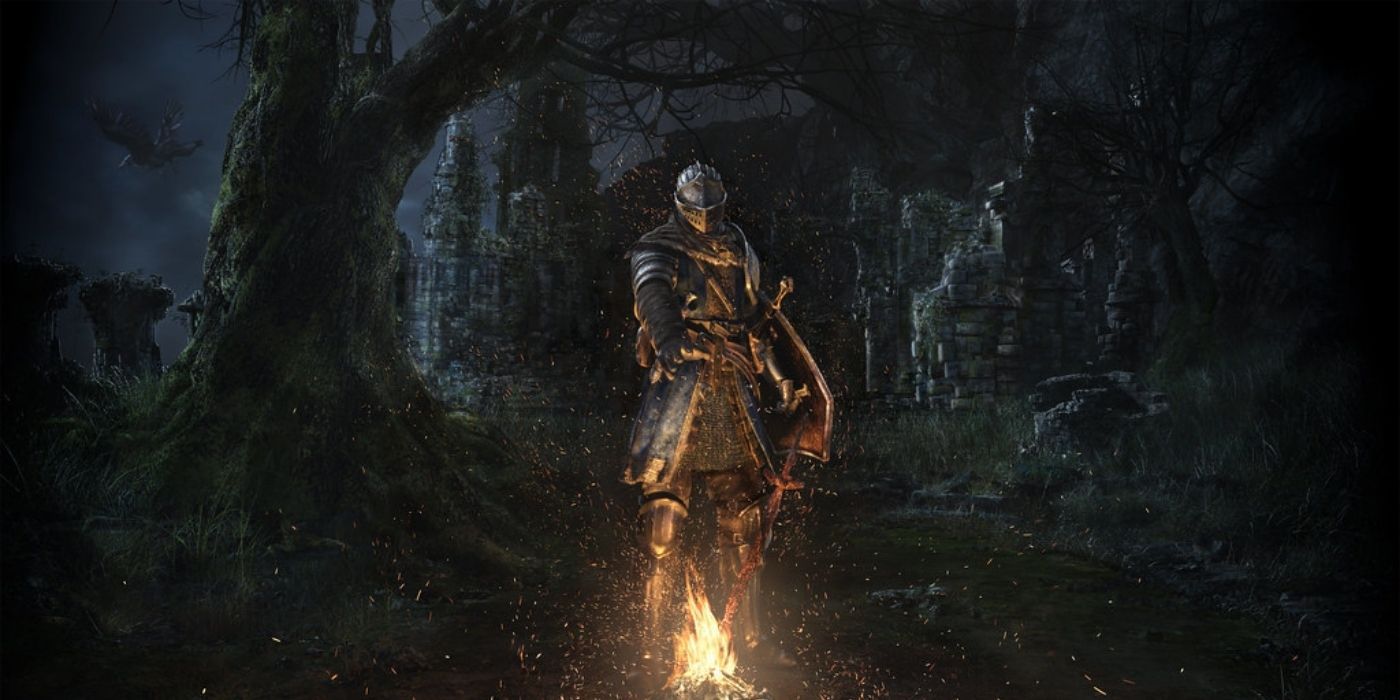It's impossible to overstate the impact that FromSoftware's iconic and groundbreaking dark fantasy epic, Dark Souls, has had on the gaming landscape. The game's ingenious world design, its juxtaposition of crumbling, tragically beautiful settings with their often grotesque inhabitants, and - of course - its brutal difficulty, have all permeated the industry following its release, meaning Hidetaka Miyazaki's masterpiece remains a hugely influential title despite Dark Souls recently celebrating its tenth birthday.
The game has even spawned an entire genre, known as ‘Soulslikes,’ encompassing an array of impressive reimaginings of the Dark Souls concepts, a number of second-rate clones, and most of FromSoftware’s own recent output. However, one aspect of the game’s award-winning formula that has influenced developers even beyond these more direct imitations is its unique approach to storytelling.
How Books Inspired Dark Souls creator Hidetaka Miyazaki
Dark Souls is an action RPG with a medieval fantasy setting, inviting players to guide their undead avatar through the cursed realm of Lordran to seek out the mysterious 'First Flame' which they can either preserve or snuff out. Its creator, Hidetaka Miyazaki, made his name by rescuing a previously-floundering FromSoftware project, the game that would eventually become 2009’s Demon’s Souls. He used Dark Souls to further explore the themes, ideas, and gameplay mechanics that made his previous title so successful.
Such was the popularity of Dark Souls following its 2011 release that, by 2014, Miyazaki had been promoted to company president, subsequently overseeing the release of two Dark Souls sequels as well as the highly praised Bloodborne and Sekiro: Shadows Die Twice. This creative freedom allowed him to experiment with an innovative approach to storytelling, which in Dark Souls he was able to further refine to widespread acclaim.
Unlike in many other video games, where the story is dispensed to players in huge blocks of exposition inserted clumsily between action sequences and often through notoriously lengthy cutscenes like those in the Metal Gear Solid games, Miyazaki wanted to recreate the experience he’d had when reading books as a child, when large portions of the plot were beyond his understanding. Consuming literature that went on to heavily influence his games, including interactive dark fantasy stories like Steve Jackson’s Sorcery! gamebooks, he used his imagination to fill in the gaps when his abilities to understand the words fell short.
The Ambiguous Narrative Of Dark Souls Makes It Unforgettable
By adopting the principle of ambiguity in his own work, Miyazaki avoids tiresome info-dumps or clunky dialogue, and instead utilizes more subtle techniques such as environmental storytelling. Recognising the potential of video games to convey their stories in a different way from other media, he presents the player with hints at a wider narrative, such as visual aspects of the world itself, or the locations of certain enemies.
A simple example would be a brief allusion to a great and prosperous land which, when the player finally discovers it, has become a crumbling ruin populated by apparitions. Without needing to explain ‘this land fell from grace and its people became ghosts’, the game has told its harrowing story without a single syllable of dialogue; but it still retains enough doubt and vagueness to keep players intrigued, reaching their own conclusions about why the kingdom fell into decline and who might be responsible. Indeed, Dark Souls fans have derived much satisfaction from developing their own theories about countless aspects of game's story, with a thriving community still debating them online.
This approach also allows for much more pathos to be injected into a game’s story, when the implications of later discoveries serve to re-cast earlier experiences in a new and haunting light. A monstrous boss character mercilessly slain might be revealed to have been a victim of torture and deceit, or a seemingly jolly NPC to be hiding hidden suffering and pain. There are often multiple layers to these narrative threads, only unpeeled by particularly observant players. This has led to the Dark Souls games being recognised for their tragic stories.
In Bloodborne, a brief conversation through a locked window with a whimpering child yields information about her missing mother’s favorite brooch, only to deliver an emotional gut-punch when the same piece of jewelry is found worn by a mutilated corpse, savaged and cast aside by the area’s bloodthirsty boss character. But the real twist of Miyazaki’s scalpel comes when players find the wife’s name engraved alongside the boss’s on the inside of a music box, suggesting that these two were perhaps once a loving couple before they were consumed by the game’s eldritch horrors. The reaction of Father Gascoigne to the music box when players encounter him earlier in Bloodborne would seem to confirm this.
Another significant aspect of Miyazaki’s approach to worldbuilding is his commitment to developing a rich lore to supplement his games. ‘Lore’ differs from ‘plot’ in that it refers to the backstory of a game’s setting, the prior events that have shaped it and led to its current state, as opposed to the present-day events experienced by the player and involving the game’s main cast of characters.
Dark Souls has an abundance of lore, with even its item descriptions referring to a much wider narrative which Miyazaki was not afraid to keep largely hidden, and this has encouraged developers to think much more deeply about these aspects of their game worlds. Consider which of the following is more impactful: finding a sword in a dungeon because the game wants to give players an upgraded weapon, or finding a sword in a dungeon and using it to slaughter the boss, only to realize the sword belonged to a once-noble knight now hideously transformed.
The ‘Soulsian’ approach to storytelling seems to be here to stay, with popular releases like Returnal adopting similar approaches to expressing their ambiguous narratives. But while Miyazaki has inspired a host of other developers to mimic him, the man himself continues to push the boundaries of what his company can achieve.
Not only is FromSoftware’s upcoming release Elden Ring reportedly going to feature a much less linear, fully open world, but the involvement of George R. R. Martin has fans of both Dark Souls and Game Of Thrones salivating, with the A Song Of Ice And Fire author brought in specifically to develop Elden Ring’s lore and mythology. Time will tell whether Elden Ring can achieve the levels of respect and adulation that Dark Souls has enjoyed since 2011, but all indications suggest that creators of video game worlds are about to endure another decade in Hidetaka Miyazaki’s long, dark shadow.
Dark Souls is available now for PC, PS4, Switch, and Xbox One.



